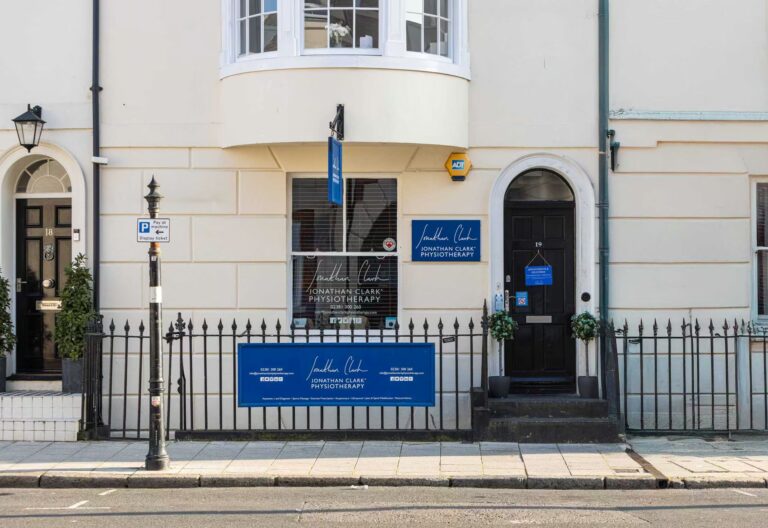Services
Shoulder Pain
Why am I experiencing shoulder pain?
Shoulder pain can be a right nuisance. It can prevent you from doing what you want to do, whether that be your general daily activities, work, exercise, or sports.
Shoulder pain can come on gradually, often due to repeated movements of your arm above your head or out to your side, poor sitting postures, laying on your shoulder at night, carrying lots of heavy objects, or repetitive shoulder movements during sport and activity.
It can also come on after a specific incident, such as reaching for something too quickly, lifting a heavy object, or throwing something.
The most common sources of shoulder pain are either a frozen shoulder, rotator cuff tendinopathy, bursitis, muscular strain, impingement, hypermobility, wear and tear of the shoulder joint, a dislocation, or a fracture.
Is there anything that can be done to make my shoulder pain better?
Physiotherapy is a safe and effective solution for shoulder pain.
Our experts have helped countless amounts of people to overcome their shoulder pain and get back to living a pain free lifestyle.
Your therapist will first need to undertake an assessment, to effectively diagnose and help you to understand why you’re experiencing shoulder pain.
Your therapist will then put a comprehensive treatment plan in place to help you to overcome your shoulder pain and fully achieve your goals, supporting you at every step along the way.
How long is it going to take for my shoulder to get better?

How much will it cost?
Your first appointment with us will cost £79, and each follow up treatment will cost £59.
If you wish to see a Senior Therapist, the appointments will cost £89 and £69 respectively.
How do I start my recovery journey?
To begin recovering from your shoulder pain, you can book in over the phone, by giving us a call on 02381300260.
Alternatively, you can book online, by clicking on the book now button below.
The appointment type you will need to book in for is a Physiotherapy Initial Appointment.
